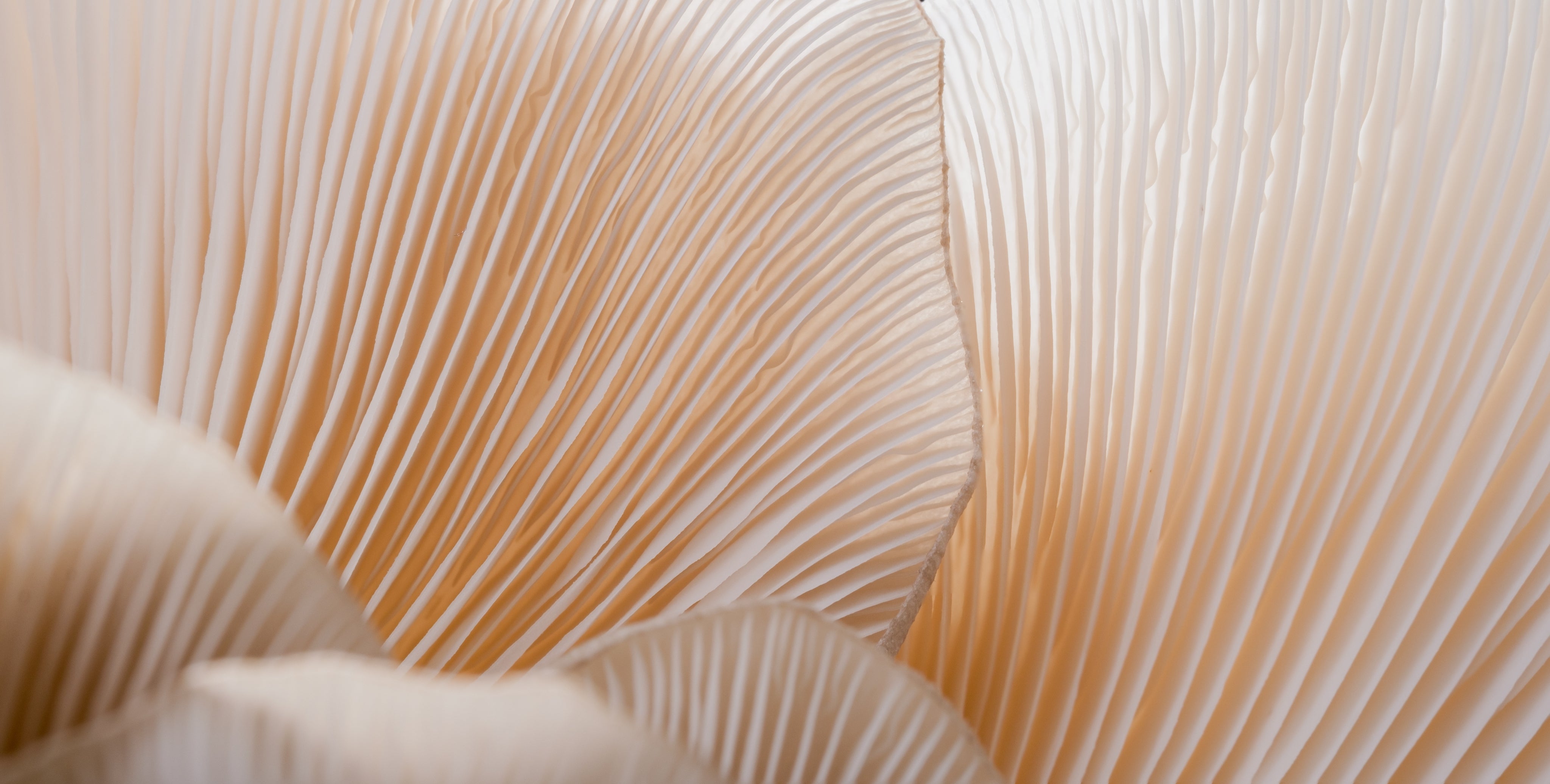In the middle of the dense rainforest of the Amazon basin grows a climbing plant that has fascinated indigenous peoples for centuries: Cat's Claw, known in German as Katzenkralle. This remarkable plant gets its name from the small, curved thorns that resemble cat claws and help it climb on other trees.
While modern science has only begun to unlock the secrets of this plant in recent decades, the indigenous peoples of South America have been using Cat's Claw for generations as a versatile remedy. The scientific name Uncaria tomentosa refers to the botanical classification of this extraordinary plant, which today is regarded as a high-quality Dietary supplements available worldwide.
Traditional Use Among Indigenous Peoples
The history of Cat's Claw is inseparably linked to the wisdom of the Amazonian peoples. For centuries, healers of various tribes have used the bark and roots of Cat's Claw to treat a wide range of ailments. This traditional use included the treatment of inflammations, digestive problems, respiratory diseases, and for the general strengthening of the immune system.
The indigenous peoples often referred to Cat's Claw as "Uña de Gato" and valued it as one of their most important medicinal plants. They traditionally prepared teas and decoctions from the bark, with knowledge about the correct preparation and dosage passed down from generation to generation. This centuries-old tradition today forms the basis for the modern research and application of Cat's Claw as nutraceuticals.
Bioactive Compounds: The Power of Alkaloids
The impressive effect of Cat's Claw can be attributed to its unique composition of bioactive compounds. The plant is particularly rich in various alkaloids, which are considered the main active substances. These nitrogen-containing compounds are responsible for many of the therapeutic properties of Cat's Claw.
Oxindole Alkaloids: The Main Active Substances
The oxindole alkaloids represent the most important group of active substances in Uncaria tomentosa. These can be divided into two main categories: tetracyclic oxindole alkaloids (TOA) and pentacyclic oxindole alkaloids (POA). The most important representatives include isopteropodine, pteropodine, speciophylline, and uncarin F.
The alkaloid effect is particularly evident in their ability to modulate the immune system and influence inflammatory processes. Scientific studies have shown that these compounds can stimulate the activity of certain immune cells, which fits with the traditional use of Cat's Claw as an immune-strengthening agent.
Flavonoids and polyphenols
In addition to alkaloids, Cat's Claw also contains a variety of flavonoids and polyphenols. These secondary plant compounds act as natural antioxidants and can help reduce oxidative stress in cells. The antioxidant effect of these compounds complements the immunomodulatory properties of the alkaloids and contributes to the overall effect of the plant.
Triterpenes and quinovic acid glycosides
The triterpenes, especially the quinovic acid derivatives, represent another important group of bioactive substances. These compounds may possess anti-inflammatory properties and contribute to the traditional use of Cat's Claw in various inflammatory conditions.
Scientific evidence for the anti-inflammatory properties of Cat's Claw
Modern research has begun to scientifically investigate the traditional uses of Cat's Claw. Particularly interesting results emerged regarding the plant's anti-inflammatory properties.
Rheumatoid arthritis: Promising study results
A remarkable clinical study from 2002 examined the effect of Cat's Claw in patients with rheumatoid arthritis. In this randomized, double-blind, placebo-controlled study, 40 people received either a standardized extract of Cat's Claw or a placebo over 24 weeks.
The results were impressive: The group receiving the Cat's Claw extract showed a reduction in painful joints by 53.2%, while the placebo group only showed an improvement of 24.1%. Additionally, morning stiffness and the overall pain index improved significantly. Particularly noteworthy was that no serious side effects occurred.
Osteoarthritis: Pain relief proven
Another important Investigation focused on the application in knee osteoarthritis. This study with 45 participants demonstrated that a freeze-dried extract of the related species Uncaria guianensis led to a significant reduction in activity-related pain after just four weeks.
The researchers found that both Uncaria tomentosa and Uncaria guianensis showed comparable effects. The anti-inflammatory properties are mainly attributed to the ability to inhibit the production of TNF-alpha (tumor necrosis factor-alpha), an important inflammatory mediator.
Meta-analysis confirms anti-inflammatory effect
A comprehensive systematic review from the year 2024 analyzed several preclinical studies on the anti-inflammatory and immunomodulatory effects of Uncaria tomentosa. The meta-analysis confirmed that Cat's Claw extracts can significantly reduce the activity of the transcription factor NF-κB, leading to decreased production of pro-inflammatory cytokines.
Differences between Uncaria tomentosa and Uncaria guianensis
Although both species belong to the genus Uncaria and contain similar active substances, there are important differences between Uncaria tomentosa and Uncaria guianensis that are significant for selecting high-quality supplements.
Chemotypes and alkaloid profiles
The main difference lies in the so-called chemotypes. Uncaria tomentosa can occur in different chemotypes that differ in their alkaloid profile. Particularly relevant is the distinction between tetracyclic (TOA) and pentacyclic (POA) oxindole alkaloids.
Studies have shown that plants with a higher content of pentacyclic alkaloids may have better immune-stimulating properties, while tetracyclic alkaloids can weaken this effect. Therefore, high-quality supplements often use extracts with a standardized content of pentacyclic alkaloids.
Geographical distribution and quality
Uncaria tomentosa is mainly native to Peru and other parts of the western Amazon basin, while Uncaria guianensis is predominantly found in Brazil and Guyana. The specific environmental conditions and soils can influence the composition of bioactive compounds.
Traditional and modern applications of Cat's Claw
Cat's Claw effects on the immune system
The immunomodulatory properties of Cat's Claw make it an interesting dietary supplement for people who want to naturally support their immune system. The effects of Cat's Claw on the immune system are diverse: it can have both stimulating and regulatory effects.
The alkaloids in Cat's Claw can influence the activity of various immune cells, including macrophages, T cells, and natural killer cells. These cells play an important role in defending against pathogens and monitoring abnormal cells in the body.
Cat's Claw effects on psyche and stress
Interesting research approaches also examine Cat's Claw effects on the psyche. While the direct impacts on mental health are not yet fully researched, some studies suggest that the plant's anti-inflammatory properties may also be helpful in stress-related inflammatory reactions.
Chronic stress can lead to systemic inflammation, which is associated with various health problems. Cat's Claw's ability to reduce inflammatory markers can therefore indirectly contribute to stress resilience.
Cat's Claw Thyroid and Autoimmune Diseases
A particularly interesting research area concerns the Cat's Claw thyroid interaction. Some studies have investigated whether Cat's Claw can be helpful in autoimmune thyroid diseases. The plant's immunomodulatory properties may theoretically help regulate excessive immune reactions that occur in autoimmune diseases.
Caution is advised with Cat's Claw and autoimmune diseases: while the plant may help with some autoimmune conditions, it may overstimulate the immune system in others. People with autoimmune diseases should therefore definitely seek medical advice before use.
Cat's Claw Liver and Detoxification
The Cat's Claw liver interaction is another important aspect. The liver is the body's central detoxification organ and plays a key role in metabolizing supplements. Cat's Claw is generally considered liver-safe when used at recommended dosages.
The antioxidant properties of flavonoids and polyphenols in Cat's Claw may even support liver health by reducing oxidative stress. However, people with liver diseases should seek medical advice before use.
Cat's Claw: Forms and Usage
Cat's Claw Tea: The Traditional Form
Cat's Claw tea represents the most traditional form and is made by boiling the dried bark. This form allows the extraction of the plant's water-soluble compounds. Typically, 1-2 grams of dried bark are poured over with hot water and steeped for 10-15 minutes.
The tea has a characteristically earthy, slightly bitter taste that reflects the presence of bioactive alkaloids. Many people appreciate the ritual of tea preparation and the slower absorption of the active ingredients.
Capsules and Extracts

modern Cat's Claw Supplement Forms offer a standardized and convenient alternative to traditional tea. Capsules usually contain powdered bark or concentrated extracts standardized to specific alkaloid contents.
Concentrated extracts allow for higher amounts of bioactive compounds to be taken in smaller doses. This is especially beneficial for people who want to use the therapeutic properties of Cat's Claw without having to drink large amounts of tea.
Liquid Extracts and Tinctures
Liquid forms such as tinctures offer another way to consume Cat's Claw. These are often made through alcohol extraction and can contain a high concentration of bioactive compounds. Liquid extracts have the advantage of faster absorption and more flexible dosing.
Safety and interactions of Cat's Claw
General safety
Cat's Claw is generally considered safe for most adults when used short-term (up to 6 months). Dosages used in studies of 100-350 mg daily showed only minor side effects, mainly mild gastrointestinal complaints such as nausea or diarrhea.
Special precautions
Certain groups of people should exercise special caution when using Cat's Claw:
Pregnancy and breastfeeding: Due to insufficient safety data, use during pregnancy and breastfeeding is not recommended.
Autoimmune diseases: Since Cat's Claw can stimulate the immune system, individuals with autoimmune diseases such as multiple sclerosis, lupus, or rheumatoid arthritis should seek medical advice before use.
Organ transplantation: People taking immunosuppressive drugs after an organ transplant should avoid Cat's Claw as it may impair immunosuppression.
Possible interactions
Cat's Claw can interact with various medications:
Blood-thinning medications: The plant can enhance the effect of anticoagulants and increase the risk of bleeding.
Blood pressure medications: Cat's Claw can influence blood pressure and enhance the effect of blood pressure-lowering medications.
Immunosuppressive medications: The immune-stimulating properties can affect the efficacy of immunosuppressive drugs.
Where to buy Cat's Claw: Quality criteria
Selection of high-quality products
When buying Cat's Claw, various quality criteria should be considered:
Standardization: Look for products standardized to a specific alkaloid content, ideally pentacyclic oxindole alkaloids.
Botanical authenticity: Make sure it is genuine Uncaria tomentosa and not related species or adulterations.
Proof of origin: Prefer products with traceable origin from sustainable sources.
Third-party laboratory testing: Choose manufacturers who have their products tested by independent laboratories for purity and potency.
Trusted sources
Nutrador® stands for the highest quality standards in dietary supplements and offers a selection of carefully tested products. When choosing Cat's Claw products Nutrador® ensures sustainable sourcing, scientifically based standardization, and comprehensive quality controls.
Conclusion: Cat's Claw as a bridge between tradition and science
Cat's Claw perfectly embodies the connection between traditional healing knowledge and modern scientific research. The centuries-old use by indigenous peoples of the Amazon is increasingly scientifically validated, especially regarding its anti-inflammatory and immunomodulatory properties.
The bioactive compounds of Cat's Claw, especially the alkaloids, show promising results in studies for the treatment of inflammatory diseases such as rheumatoid arthritis and osteoarthritis. At the same time, research highlights the complexity of the plant and the need for further investigations.
For people looking for natural supplements to support their health, Cat's Claw offers an interesting option. It is important to choose high-quality, sustainably produced products and to seek professional advice for health issues.
The future of Cat's Claw as a nutraceutical looks promising, both in terms of new scientific findings and the development of sustainable cultivation and harvesting methods. This remarkable Cat's Claw plant from the Amazon will undoubtedly continue to attract the attention of researchers and health-conscious individuals alike.
In a time when more and more people are seeking natural alternatives to synthetic medications, stands Cat's Claw as an example of how traditional knowledge and modern science can complement each other to develop safe and effective health solutions.
Legal notice regarding health-related claims:
Our information is for general informational purposes only and does not replace medical advice. Dietary supplements do not replace a balanced diet and a healthy lifestyle. Health-related claims about dietary supplements must comply with the Health Claims Regulation (EC) No. 1924/2006 and be approved by the European Food Safety Authority (EFSA). If you have health complaints or questions, please consult a doctor.












